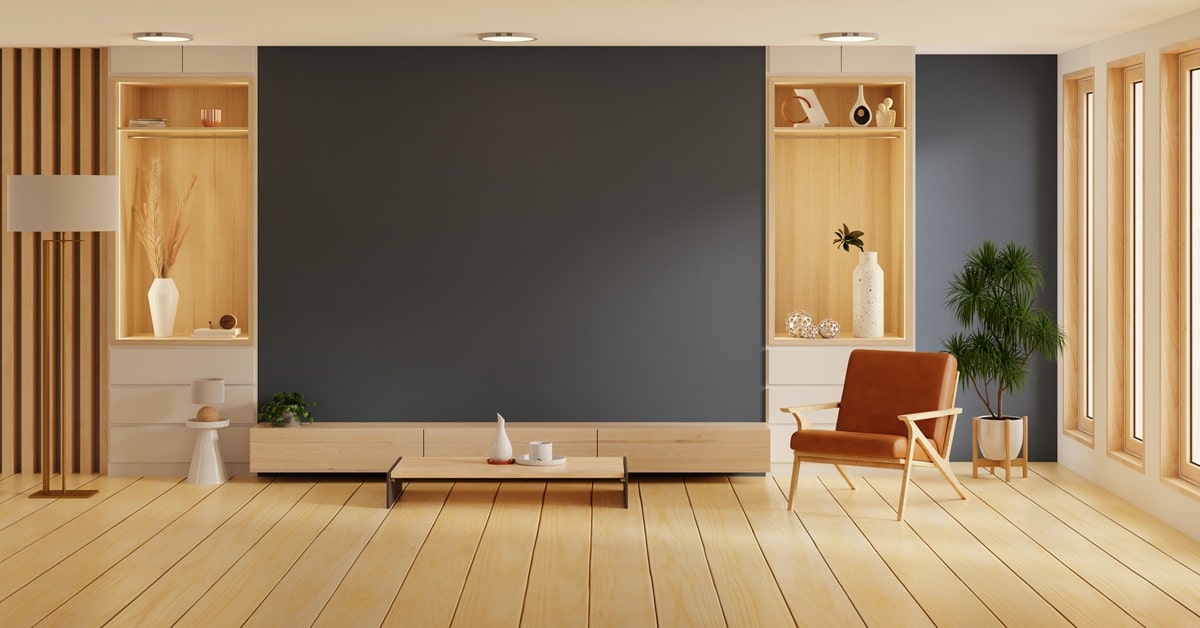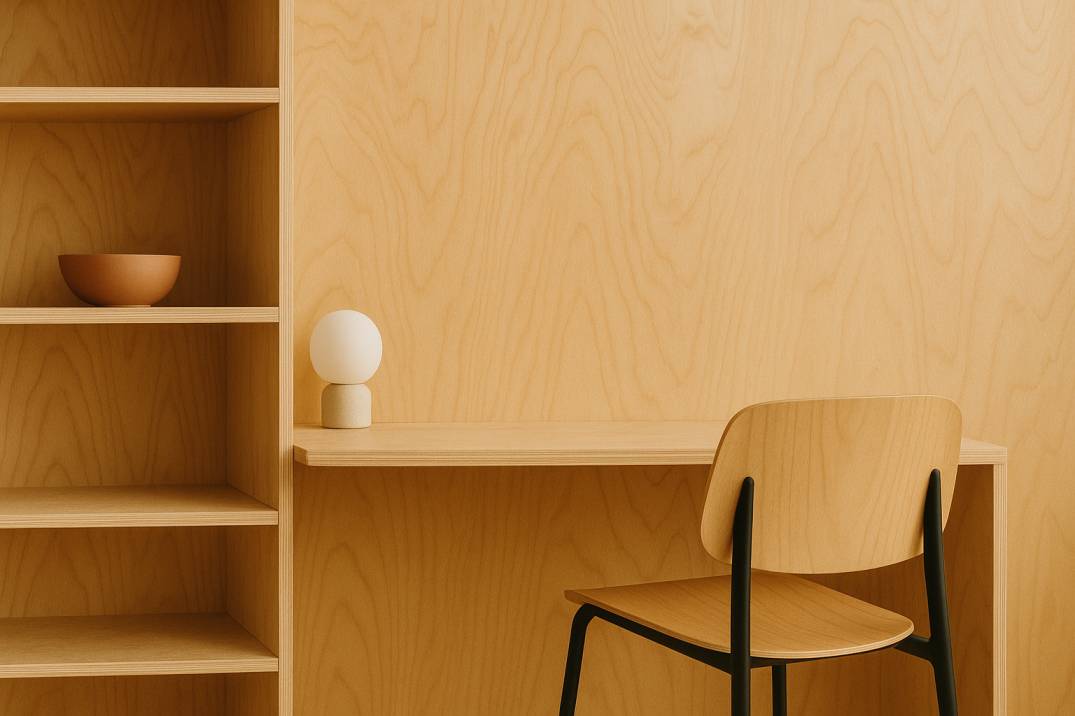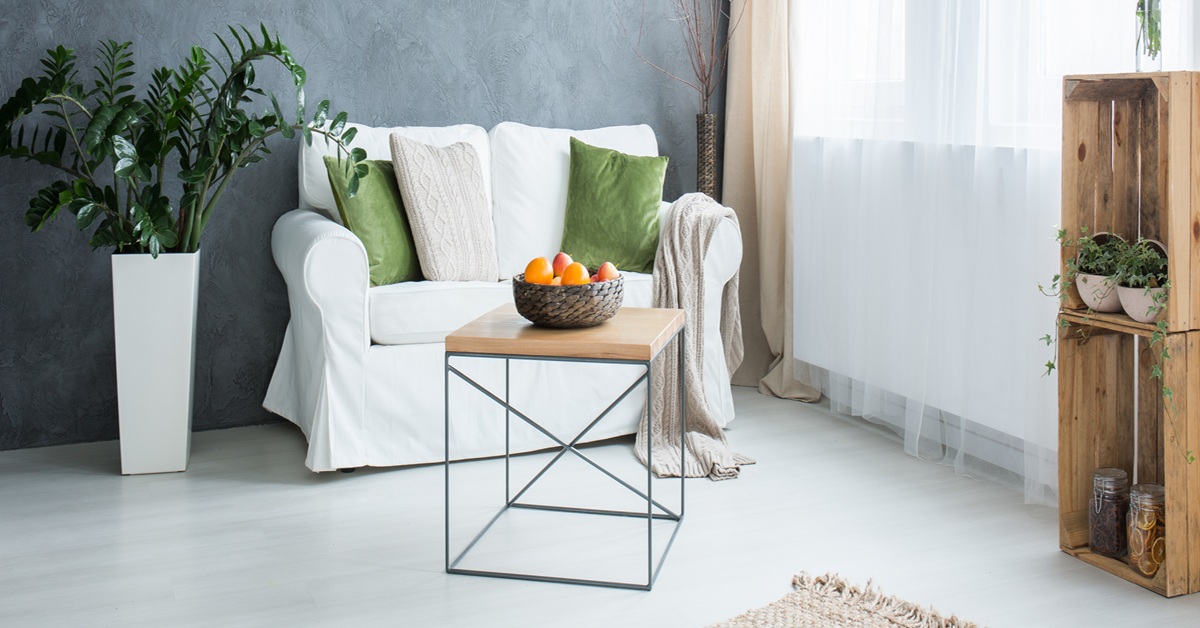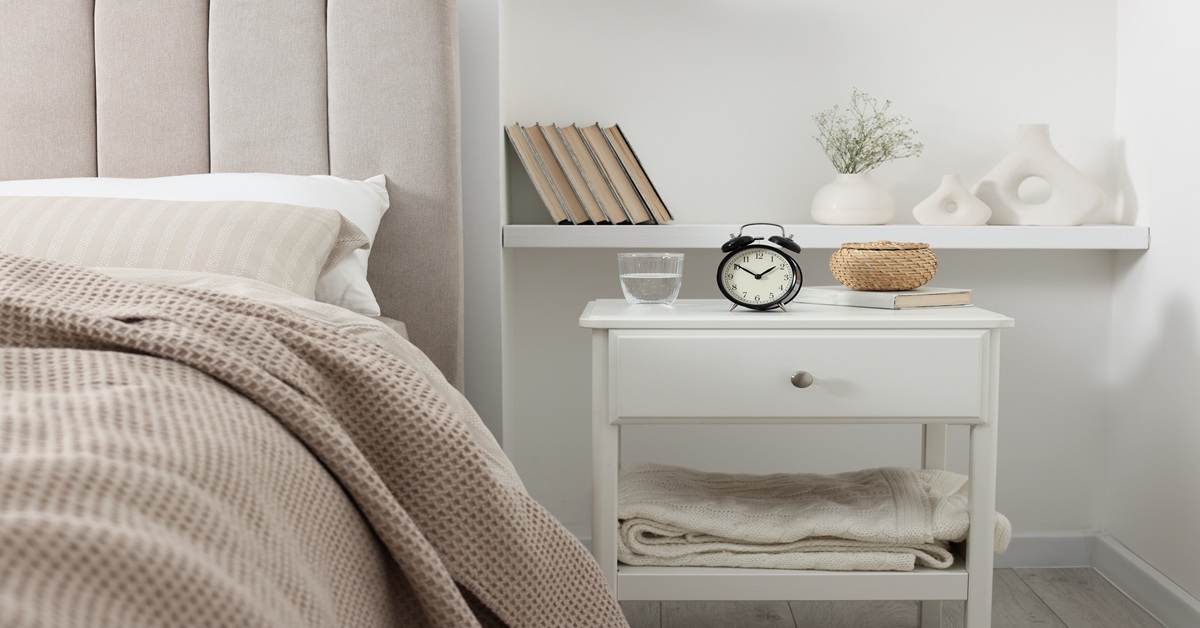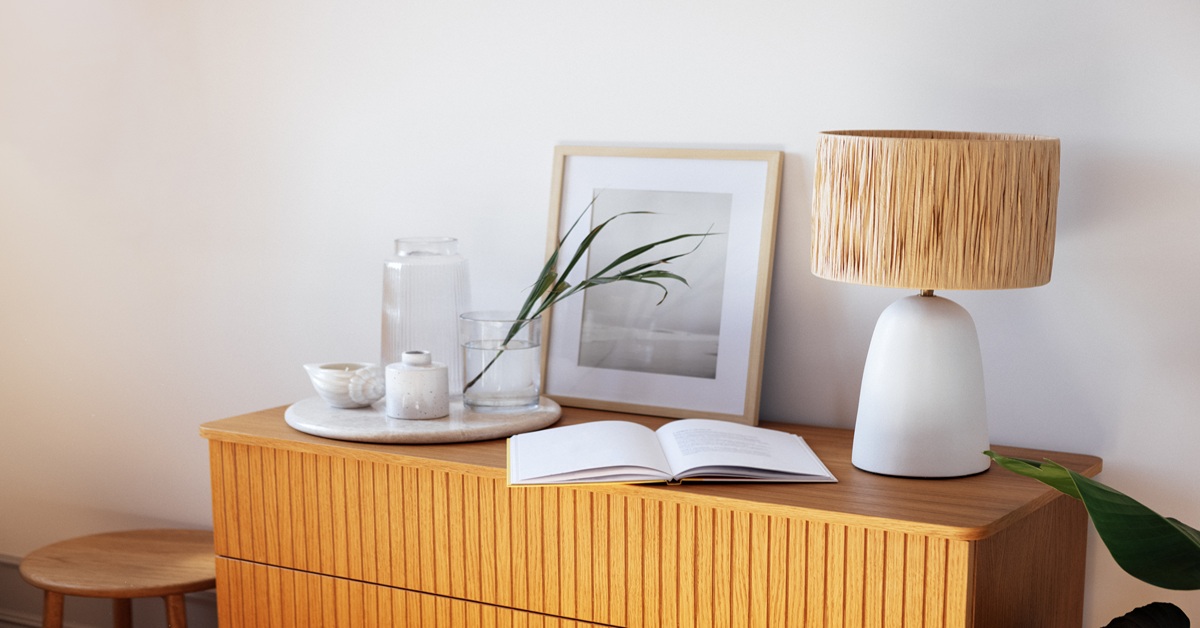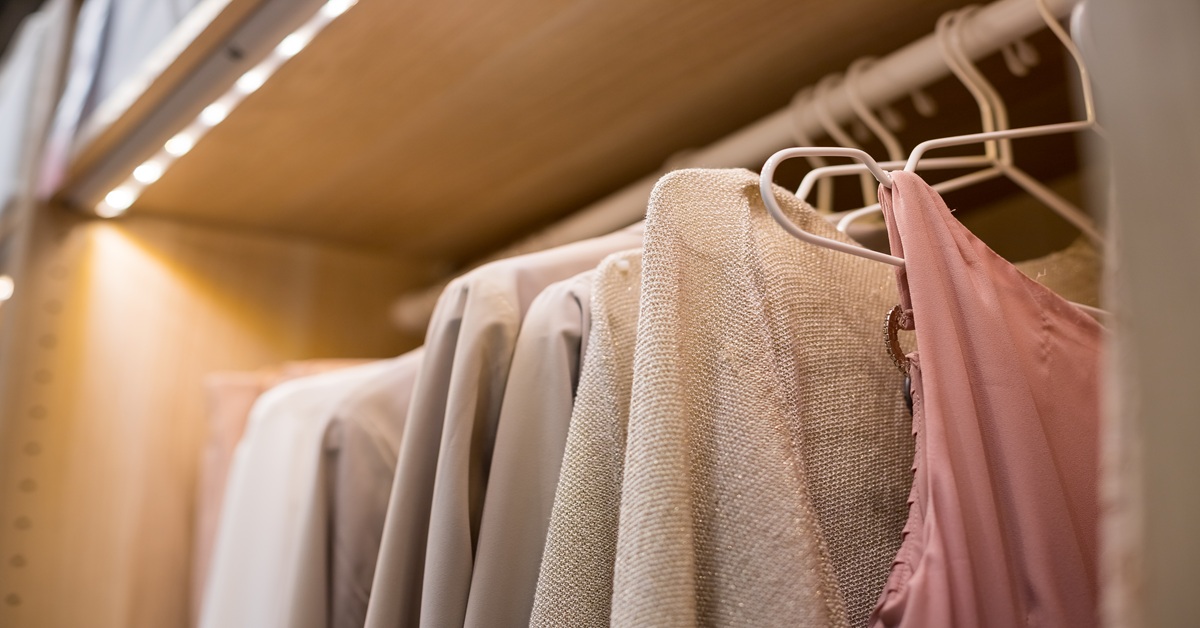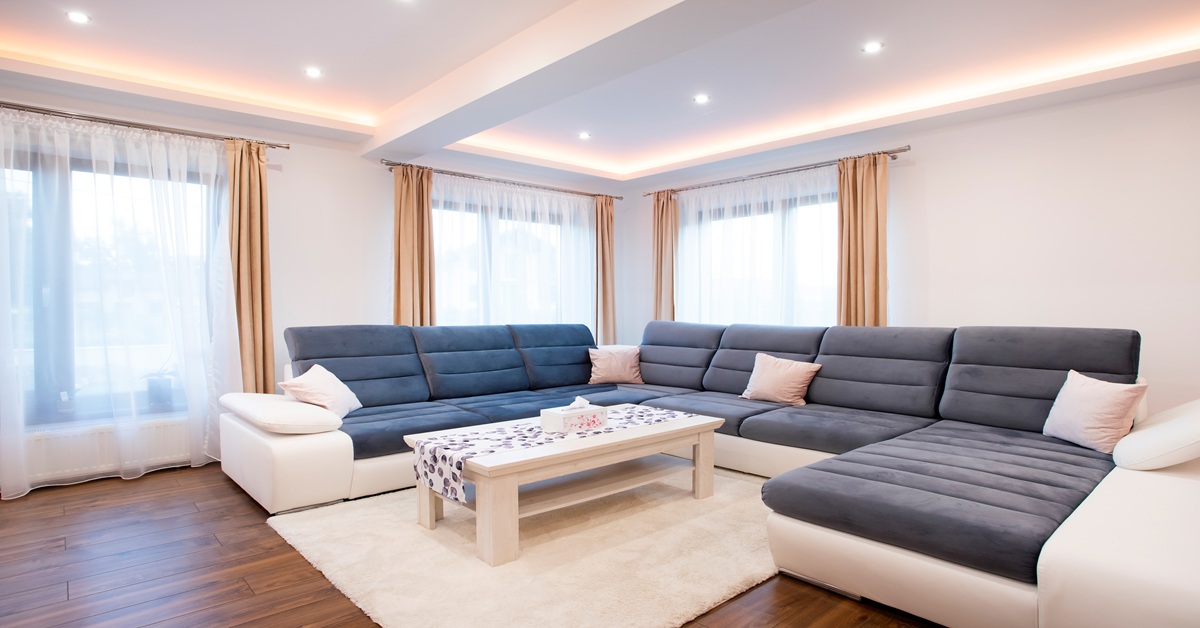Shuttering plywood plays a crucial role in modern construction. Used as a temporary mold to hold concrete in place until it sets, this type of plywood needs to be durable, moisture-resistant, and capable of withstanding significant loads. Selecting the right shuttering plywood is essential for ensuring smooth construction processes and achieving quality results.
This guide walks you through the key factors to consider when choosing durable shuttering plywood for your construction projects.
What is Shuttering Plywood?
Shuttering plywood, also known as formwork plywood, is a type of engineered wood designed specifically for use in concrete molding. Its key characteristics include:
- Strength: Designed to bear heavy loads during construction.
- Moisture Resistance: Withstands exposure to water from wet concrete and environmental elements.
- Reusability: Can often be used multiple times in different projects.
Why is Durability Important in Shuttering Plywood?
Durability ensures that the plywood can endure:
- The Weight of Wet Concrete: During pouring, wet concrete exerts immense pressure on the plywood.
- Environmental Conditions: Prolonged exposure to water, heat, or cold can degrade low-quality plywood.
- Reusability: Durable shuttering plywood offers multiple uses, reducing overall project costs.
Key Factors to Consider When Choosing Durable Shuttering Plywood
1. Type of Plywood
There are different types of plywood used for shuttering, each offering varying levels of durability.
- Film-Faced Shuttering Plywood:
This type comes with a smooth, film-coated surface that resists water and prevents concrete from sticking, making it easy to remove after curing. It’s highly durable and reusable. - BWP Grade Plywood (Boiling Water Proof):
This plywood is chemically treated and designed to withstand long-term water exposure, ensuring durability in challenging environments. - MR Grade Plywood (Moisture Resistant):
While less durable than BWP, MR-grade plywood is suitable for projects with minimal exposure to water.
2. Thickness of Plywood
Thickness significantly affects the plywood’s ability to bear loads. Common thicknesses for shuttering plywood range between 12 mm to 25 mm, with thicker plywood offering better load-bearing capacity and durability.
3. Core Material
The core of the plywood determines its structural strength and longevity. Look for plywood made from:
- Hardwood Core: Known for excellent strength and durability.
- Poplar Core: While more affordable, it is less durable compared to hardwood.
4. Moisture Resistance
Since shuttering plywood is frequently exposed to water, high moisture resistance is critical. Features to look for include:
- Waterproof Glue: Adhesives like phenol-formaldehyde (PF) ensure the plywood layers remain intact even after prolonged water exposure.
- Chemical Treatment: Treated plywood resists fungal growth and delamination.
5. Surface Finish
A smooth surface ensures better results:
- Prevents concrete from sticking.
- Provides a smoother finish to the cured concrete.
- Reduces wear and tear during removal.
Film-faced plywood is a great option for achieving a smooth surface.
6. Load-Bearing Capacity
High load-bearing capacity ensures the plywood doesn’t warp or crack under the weight of wet concrete. For large-scale construction, always choose plywood with certified load-bearing specifications.
7. Brand and Certification
Reliable brands offer certified products tested for durability, strength, and safety. Look for certifications such as:
- IS: 4990 (Indian Standard): Specifies the quality requirements for shuttering plywood.
- FSC Certification: Ensures the wood is sourced sustainably.
8. Reusability Factor
Durable plywood can be reused multiple times, making it cost-effective. Opt for film-faced plywood or other high-grade options designed for reusability.
Steps to Select Durable Shuttering Plywood
Step 1: Define Your Requirements
Consider factors like:
- The type of structure (residential, commercial, industrial).
- Load and environmental conditions.
- Expected reusability.
Step 2: Check Specifications
Review the manufacturer’s specifications for:
- Thickness.
- Glue type.
- Core material.
- Surface finish.
Step 3: Inspect Quality
Physically inspect the plywood for:
- Consistent thickness.
- Absence of cracks or gaps in the core.
- Uniform film coating (if applicable).
Step 4: Request Certifications
Ensure the product meets IS: 4990 or equivalent standards.
Step 5: Purchase from Reputable Suppliers
Work with trusted suppliers or manufacturers to ensure quality and authenticity.
Common Mistakes to Avoid
- Compromising on Quality for Cost:
Low-cost plywood often lacks durability and ends up being more expensive due to frequent replacements. - Ignoring Certifications:
Plywood without certifications may not meet safety and performance standards. - Using Inappropriate Grades:
For projects exposed to water, using MR-grade plywood instead of BWP can lead to warping or failure. - Overlooking Core Material:
Choosing low-quality cores reduces strength and lifespan.
Maintenance Tips for Shuttering Plywood
To maximize durability and reusability:
- Clean After Use:
Remove concrete residue and clean the surface thoroughly after every use. - Store Properly:
Keep plywood in a dry, shaded area to prevent warping or delamination. - Apply Release Agents:
Use oil or chemical release agents to protect the surface and make concrete removal easier. - Repair Damages:
Fix minor cracks or edge damages promptly to extend the plywood’s lifespan.
Applications of Shuttering Plywood
- Foundation Molds: Essential for strong, stable building foundations.
- Columns and Beams: Supports vertical and horizontal structures during construction.
- Slab Framework: Ensures smooth and even concrete slabs.
- Bridge Construction: Provides the strength needed for heavy infrastructure projects.
Conclusion
Durable shuttering plywood is a cornerstone of successful construction projects. By focusing on factors like grade, thickness, core material, and certifications, you can choose the right plywood that offers strength, reliability, and cost-efficiency.
Explore Wigwam’s range of high-quality shuttering plywood for your next project. Wigwam is committed to delivering durable, sustainable, and certified plywood products tailored to meet the demanding needs of modern construction.

